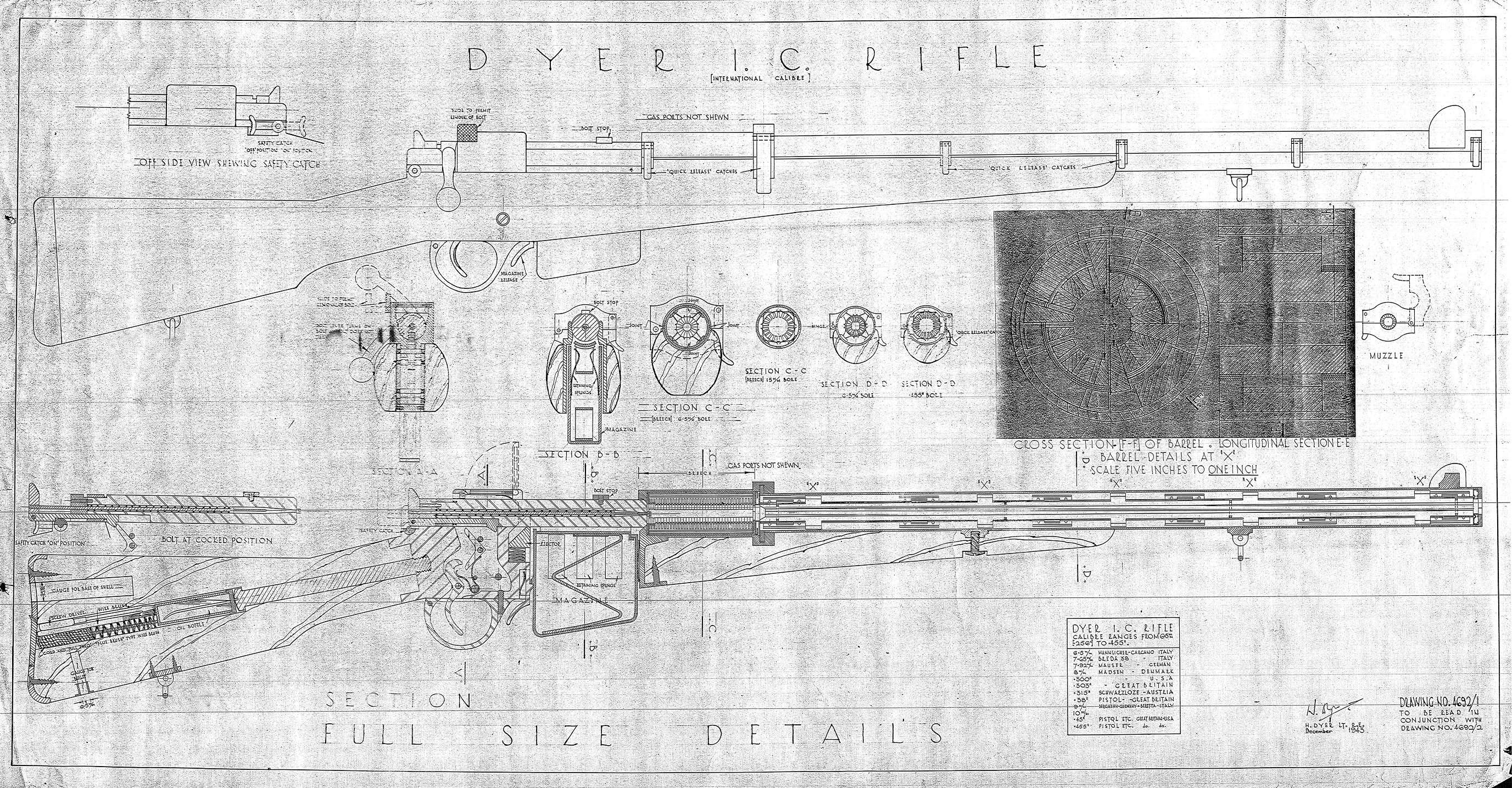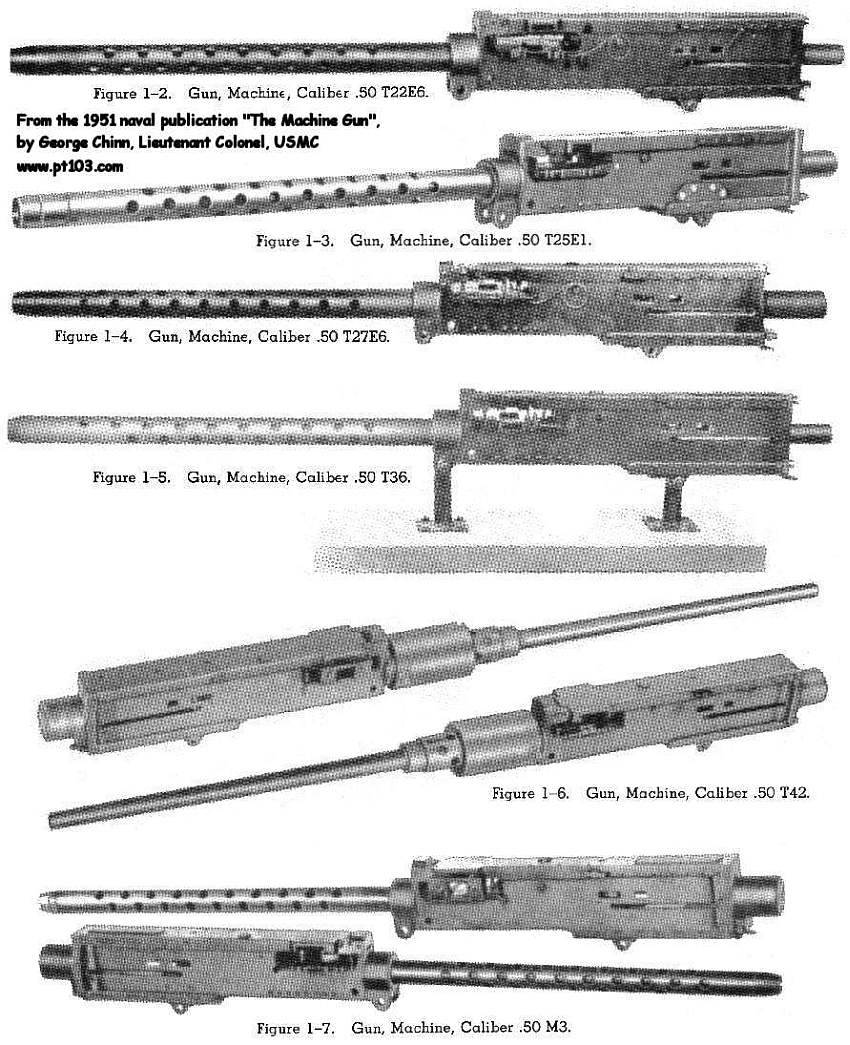Colt Gatling Gun Blueprints


Dillon Aero's M134D-H (H for Hybrid) combines the titanium and skeletonized parts that were engineered for use in the M134D-T minigun with the steel housing of the previous M134D. Contents • • • • • • • • • • • • • • History [ ] Background: electrically driven Gatling gun [ ] The ancestor to the modern minigun was a hand cranked mechanical device invented in the 1860s.
And since I am a very loving son, I thought what better way to do that than for him to make the scale version of the 1874 Colt Gatling Gun for his son:D I have found 2 sites that offer the schematics My dad already has.
Worlds largest gun value guide, schematics & blueprint library and gun reference guide Kresimir Mijic. Colt's Manufacturing Company LLC Colt's Manufacturing Company LLC Colt's Manufacturing Company LLC Colt's Manufacturing Company LLC Colt's Manufacturing Company LLC Colt's Manufacturing Company LLC. Win 7 ultimate build 7601 product key generator. Jun 22, 2004. Some historic blueprints - unfortunately no assembly drawing is available. An AK-47 is among the world’s most well known guns, and there are few people on the planet who do not know recognize an AK-47, whether from television.
Gatling later replaced the hand-cranked mechanism of a rifle-caliber with an, a relatively new invention at the time. Even after Gatling slowed down the mechanism, the new electric-powered Gatling gun had a theoretical rate of fire of 3,000 rounds per minute, roughly three times the rate of a typical modern, single-barreled machine gun. Gatling's electric-powered design received U.S. Patent #502,185 on July 25, 1893. Despite Gatling's improvements, the Gatling gun fell into disuse after cheaper, lighter-weight, recoil and gas operated machine guns were invented; Gatling himself went bankrupt for a period. During, several companies were working on externally powered guns for use in aircraft.
The aquabats hi five soup download firefox. Of those, the best-known today is perhaps the, an externally powered 12-barrel rotary gun using the round; it was claimed to be capable of firing over 7,000 rpm, but suffered from frequent cartridge-case ruptures due to its 'nutcracker', design, which is fairly different from that of a Gatling. None of these German guns went into production during the war, although a competing prototype (possibly using a different action) which was tried on the scored a victory in aerial combat.
The British also experimented with this type of split-breech during the 1950s, but they were also unsuccessful. Minigun: 1960s–Vietnam [ ] In the 1960s, the began exploring modern variants of the electric-powered, rotating barrel Gatling-style weapons for use in the. American forces in the Vietnam War, which used helicopters as one of the primary means of transporting soldiers and equipment through the dense jungle, found that the thin-skinned helicopters were very vulnerable to small arms fire and (RPG) attacks when they slowed down to land. Although helicopters had mounted single-barrel machine guns, using them to repel attackers hidden in the dense jungle foliage often led to barrels overheating or cartridge jams. Air Force rotary-wing crewman fires a minigun during the Vietnam War. In order to develop a weapon with a more reliable, higher rate of fire, designers scaled down the rotating-barrel 20 mm cannon for ammunition. The resulting weapon, designated M134 and known popularly as the Minigun, could fire up to 4,000 rounds per minute without overheating.
The gun was originally specified to fire at 6,000 rpm, but this was later lowered to 4,000 rpm. The Minigun was mounted on and side pods; in the turret and on pylon pods of attack helicopters; and on door, pylon and pod mounts on transport helicopters. Several larger aircraft were outfitted with miniguns specifically for: the with an internal gun and with pods on wing; and the, also with pods on wing hardpoints.